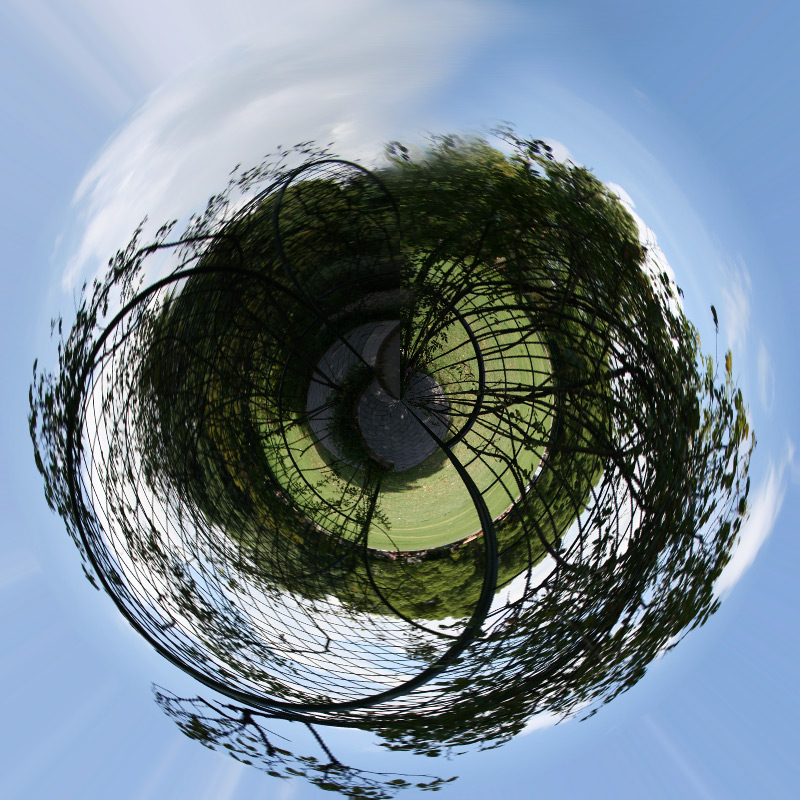 This blog has been live for almost 10 months now and the most popular post by far has been the Photoshop globe planets made from panorama cityscapes.
This blog has been live for almost 10 months now and the most popular post by far has been the Photoshop globe planets made from panorama cityscapes.
Unfortunately, the tutorial link I referenced in this article has since disappeared from the internet. So I thought I’d post my own tutorial here and a few more examples of this effect in use.
Globe planets from panorama photos are really easy to do and only take 10-15 minutes of your time. You don’t need to be a Photoshop expert to produce great results. The only skills you’ll need are the fiddling to merge the seamline from where your image has spun around 360 degrees and joined itself together to form the sphere. You’ll make use of the cloning tool to blend in the seam.
Photoshop Planet Globes from Panorama Photos Tutorial
1. Turn your image into a square. Go to the menu Image > Image Size. Uncheck the ‘Constrain Proportions’ option. Change the height and the width of the image to match each other. Eg. 1000px by 1000px. This creates a square.
2. Flip your image 180 degrees. Go to the menu Image > Rotate Canvas > Rotate 180.
3. Add the Polar Coordinate effect. Go to the menu Filter > Distort > Polar Coordinates. Ensure the radio button for ‘Rectangular to Polar’ is selected. Press ok.
4. You now have your Photoshop Globe Planet. You will notice a seam line from where the image has been joined. To remove this select the Clone tool and airbrush the seam out by cloning surrounding colours and objects on top of it. This is the most time consuming part of this project. Only save it when you are happy that you’ve sufficiently covered the seam line.
New examples of this technique
[slideshow]
Tips for Photoshop Globes Using Polar Coordinates
- Find a true panoramic image. The longer the image is compared to its height, the better your globe will turn out.
- Cityscapes with skyscrapers produce impressive results for this effect.
- If possible try and get a panorama that has more than a vertical third subject matter in it. (i.e buildings, trees), if it is mostly water and/or sky your planet will turn out really small in the center of the image.
- Experiment with night or sunset photography panoramas for a different look.
Some more examples of the effect
To see more examples created from the original blog post in Jan 2010 visit this link: Photoshop globe planets made from panorama cityscapes


